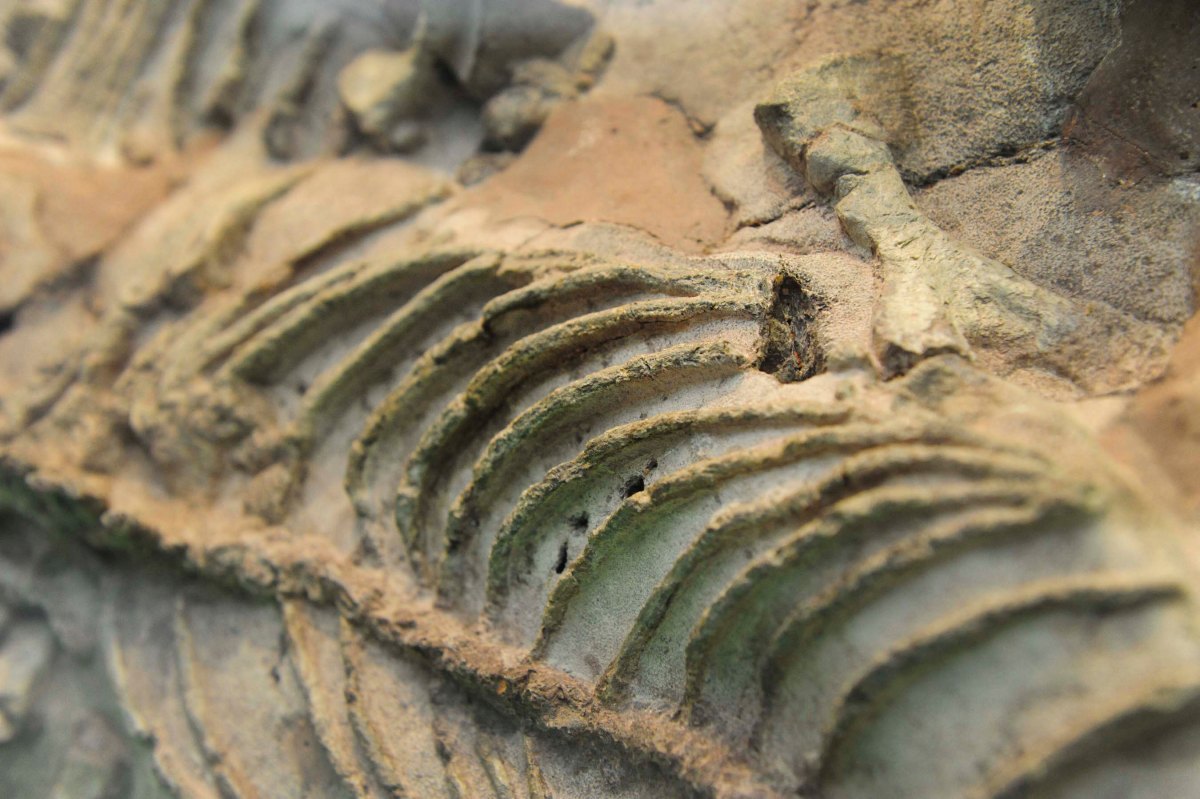A 9-year-old boy tripped over a rock in South Africa, unearthing a fossil that might just be the “missing link” of human evolution.
In 2008, Matthew Berger was walking his dog and stopped to take a second look at what he thought was just debris, USA Today reported. But the “rock” was actually a fossil belonging to Australopithecus sediba and, as a direct result, that same area of the country is now the Malapa Fossil Site.
The discovery of the 2-million-year-old adult female and young male remains in what’s called the “Cradle of Humankind” set off a contentious debate in the scientific community.
While scientists found that the species is the bridge between the 3-million-year-old “Lucy” or Australopithecus afarensis and the “handy man” Homo habilis, which used tools between 1.5 and 2.1 million years ago, it debates the theory that human evolution has been a straightforward process.
“Our findings challenge a traditional, linear view of evolution,” co-author of the study, Jeremy DeSilva, said in a press release. “It was once thought that a fossil species a million years younger than Lucy would surely look more human-like — instead, what we’re witnessing here are parallel lineages, illustrating how different hominin experiments were unfolding early in our complex evolutionary history.”
Thanks for reading InsideHook. Sign up for our daily newsletter and be in the know.















